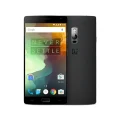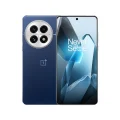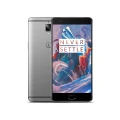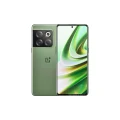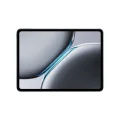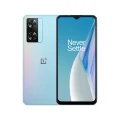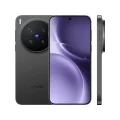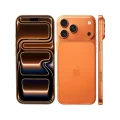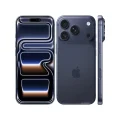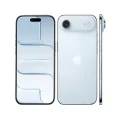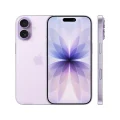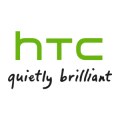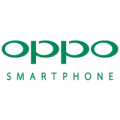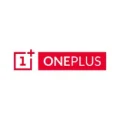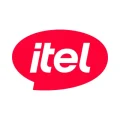- Home
- All Products
- OnePlus
- OnePlus 12
OnePlus 12
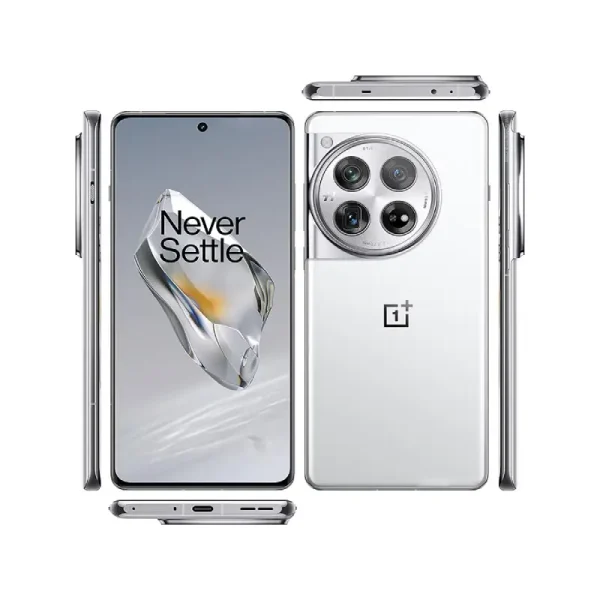

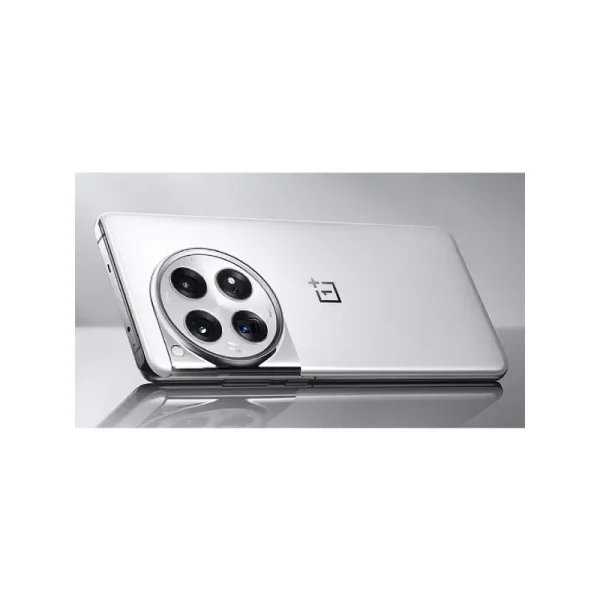

-
Battery: Li-Po 5400 mAh
-
RAM: 12GB, 16GB, 16GB, 16GB, 24GB
-
Storage: 256GB, 256GB, 512GB, 1TB, 1TB
-
Display: LTPO AMOLED, 6.82 inches
-
Camera: Rear 50 MP+64 MP+48 MP, and Front 32 MP
-
OS: Android 14, up to 4 major Android upgrades, OxygenOS 15 (International), ColorOS 14 (China)
Full Specifications
Price
| Official | 77990 BDT 12GB/256GB Approx. |
General
| Model | OnePlus 12 |
| Announced | 2023, December 05 |
| Released | 2023, December 11 |
| Status | Available |
Design
| Dimensions | 164.3 x 75.8 x 9.2 mm (6.47 x 2.98 x 0.36 in) |
| Weight | 220 g (7.76 oz) |
| SIM SIM (Subscriber Identity Module) is a small card that contains mobile network subscriber's account information. This allows the phone using the card to attach to a mobile network. The SIM card is most commonly associated with GSM and UMTS mobile networks. Moving a SIM card from one phone to another allows a subscriber to switch mobile phones without having to contact their mobile network carrier. SIM cards can also be used by a phone to store limited amounts of data, such as phone numbers and text messages. |
Nano-SIM Nano-SIM + Nano-SIM + eSIM (max 2 at a time) Nano-SIM + Nano-SIM |
Display Specification
| Display Type Display Technology => A number of display technologies and types used in mobile phones => TFT (Thin Film Transistor), IPS (In-Place Switching), OLED (Organic Light Emitting Diode), AMOLED (Active-Matrix Organic Light-Emitting Diode), Super AMOLED (an even advanced version of AMOLED), Resistive Touchscreen (Resistive touchscreens contain two layer of conductive material with a very small gap between them which acts as a resistance), Capacitive Touchsceen (Capacitive touchscreen technology consists of a layer of glass coated with a transparent conductor) | LTPO AMOLED |
| Size | 6.82 inches, 113.0 cm2 |
| Resolution | 1440 x 3168 pixels |
| Refresh Rate | 120Hz |
| Pixel Density Pixel Density (PPI) is refers to the concentration of pixels on a particular display, measured in pixels per inch (ppi). Pixel density is calculated by dividing the diagonal pixel resolution of a display by its diagonal size, higher pixel density better display quality. | 510 ppi density |
| Display Protection Display Protection => Gorilla Glass is a special alkali-aluminosilicate glass shield with exceptional damage resistance that helps protect mobile displays from scratches, drops, and bumps of everyday use, It is always better to go for a smartphone with Gorilla Glass for that added protection and peace of mind. | Corning Gorilla Glass Victus 2 |
| Features |
1B colors, 2160Hz PWM, Dolby Vision, HDR10+, 600 nits (typ), 1600 nits (HBM), 4500 nits (peak) 90.8% screen-to-body ratio |
Platform
| Operating System OS => Every computer system run on a base software called Operating System (OS). Operating System controls all basic operations of the computer (such as smartphone, PDAs, tablet computers and other handheld devices). The Operating System allows the user to install and run third party applications (apps), apps are used to add new functionality to the device. | Android 14, up to 4 major Android upgrades, OxygenOS 15 (International), ColorOS 14 (China) |
| Chipset Chipset is a group of integrated circuits designed to perform one or a more dedicated functions, often with real time computing constraints, Popular smartphones are equipped with more advanced embedded chipsets that can do many different tasks depending on their programming. | Qualcomm SM8650-AB Snapdragon 8 Gen 3 (4 nm) |
| CPU CPU (Central Processing Unit) mostly known as processors, CPU processes instructions in order to carry out certain functions that make your device operate properly. Processors are often described as the brain of computers, smartphones and tablets, Smartphones and tablets rely on processors to carry out their every task, Processors are an incredibly important factor in selecting any type of computing device, including your smartphone. | Octa-core (1x3.3 GHz Cortex-X4 & 3x3.2 GHz Cortex-A720 & 2x3.0 GHz Cortex-A720 & 2x2.3 GHz Cortex-A520) |
| GPU GPU (Graphics Processing Unit) is a single-chip processor designed to rapidly manipulate and alter memory to accelerate the creation of images in a frame buffer intended for output to a display, This includes things such as lighting effects, object transformations, and 3D motion. | Adreno 750 |
Main Camera
| Camera Setup | Triple |
| Resolution |
50 MP, f/1.6, 23mm (wide), 1/1.43", 1.12µm, multi-directional PDAF, OIS 64 MP, f/2.6, 70mm (periscope telephoto), 1/2.0", 0.7µm, PDAF, OIS, 3x optical zoom 48 MP, f/2.2, 14mm, 114˚ (ultrawide), 1/2.0", 0.8µm, PDAF |
| Features |
Hasselblad Color Calibration, color spectrum sensor, Dual-LED flash, HDR, panorama |
| Video | 8K@24fps, 4K@30/60fps, 1080p@30/60/240/480fps, Auto HDR, gyro-EIS, Dolby Vision |
Selfie Camera
| Camera Setup | Single |
| Resolution |
32 MP, f/2.4, 21mm (wide), 1/2.74", 0.8µm |
| Video | 4K@30fps, 1080p@30fps, gyro-EIS |
| Features |
HDR, panorama |
Network & Connectivity
| Technology | GSM / CDMA / HSPA / CDMA2000 / LTE / 5G |
| Speed | HSPA, LTE (CA), 5G |
| Wi-fi Wi-Fi is a popular wireless networking technology using radio waves to provide high-speed network connections that allows devices to communicate without cords or cables, Wi-Fi is increasingly becoming the preferred mode of internet connectivity all over the world. | Wi-Fi 802.11 a/b/g/n/ac/6e/7, tri-band, Wi-Fi Direct |
| Bluetooth Bluetooth is a wireless communications technology for exchanging data between mobile phones, headsets, computers and other network devices over short distances without wires, Bluetooth technology was primarily designed to support simple wireless networking of personal consumer devices. | 5.4, A2DP, LE, aptX HD, LHDC |
| NFC NFC (Near field communication) is a set of standards for smartphones and similar devices to establish peer-to-peer radio communications with each other by touching them together or bringing them into proximity, usually no more than a few inches. | Yes |
| Positioning |
GPS (L1+L5), GLONASS (G1), BDS (B1I+B1c+B2a), GALILEO (E1+E5a), QZSS (L1+L5), NavIC |
| FM Radio | No |
| Infrared port | Yes |
| USB | USB Type-C 3.2, OTG |
| 2G Network |
GSM 850 / 900 / 1800 / 1900 CDMA 800 |
| 3G Network |
HSDPA 850 / 900 / 1700(AWS) / 1900 / 2100 - International HSDPA 850 / 900 / 1700(AWS) / 2100 - India, China CDMA2000 1x |
| 4G Network |
1, 2, 3, 4, 5, 7, 8, 12, 13, 17, 18, 19, 20, 25, 26, 28, 30, 32, 38, 39, 40, 41, 48, 66, 71 - International 1, 3, 4, 5, 7, 8, 18, 19, 20, 26, 28, 34, 38, 39, 40, 41, 66 - India, China |
| 5G Network |
1, 2, 3, 5, 7, 8, 12, 20, 25, 28, 30, 38, 40, 41, 66, 71, 77, 78 SA/NSA - International 1, 3, 5, 7, 8, 20, 28, 38, 40, 41, 66, 77, 78 SA/NSA - India, China |
Battery
| Battery Type Battery Type => Cell phones run on various kinds of batteries depending on the manufacturer, phone size or shape and features. There are basically four types of cell phone batteries => Lithium Polymer, Lithium Ion, Nickel Metal Hydride and Nickel Cadmium. | Li-Ion (Lithium Ion) |
| Capacity Battery Capacity is a measure (typically in Amp-hr) of the charge stored by the battery, and is determined by the mass of active material contained in the battery. The battery capacity represents the maximum amount of energy that can be extracted from the battery under certain conditions. | 5400 mAh |
| Removable | No |
| Charging |
100W wired, PD, QC, 100% in 26 min (International) 80W wired, PD, QC, 100% in 30 min (USA) 50W wireless, 100% in 55 min 10W reverse wireless |
| Wireless Charging Wireless Charging (Inductive Charging) uses an electromagnetic field to transfer energy between two objects. This is usually done with a charging station. Energy is sent through an inductive coupling to an electrical device, which can then use that energy to charge batteries or run the device. | Yes |
Multimedia
| Loudspeaker | Yes, with stereo speakers |
| Audio Jack | No |
| Audio Features |
24-bit/192kHz Hi-Res audio |
Storage
| Card Slot Memory Card Slot is a special slot for inserting a memory card. Memory cards allow you to expand the phone's built-in memory, A memory card (sometimes called a flash memory card or a storage card) is a small storage medium used to store data such as text, pictures, audio, and video, for use on small, portable or remote computing devices such as mobile phones, mp3 players, digital cameras. | No |
| Internal Storage Internal Storage is a data storage space (flash memory) mostly used in smartphones, tablets and other electronic devices where operating system, apps, music, photos, videos, files and other user data Is stored. |
256GB 12GB RAM, 256GB 16GB RAM, 512GB 16GB RAM, 1TB 16GB RAM, 1TB 24GB RAM UFS 4.0 |
Sensors
| Fingerprint | Yes (under display, optical) |
| Other Sensors | accelerometer, gyro, proximity, compass |
PROS
- Flagship-class speed & efficiency, courtesy of the latest Snapdragon chip and generous RAM.
- Stunning, ultra-bright display with adaptive refresh for smooth visuals and great outdoor visibility.
- Versatile, high-quality camera system with strong zoom performance and Hasselblad tuning.
- Impressive battery life and fast charging—wired and wireless—keeps you powered throughout the day.
- Strong value proposition—features rivaling Galaxy S24 Ultra or Pixel 8 Pro, at a lower price.
CONS
- IP65 rating only, not fully waterproof—better than splash resistance, but not submersible.
- Lacks some AI-centric features found in Samsung and Google flagships, like live translation or on-screen search.
- Camera improvements are solid, though still slightly behind the absolute best in low light or AI processing.
- Curved display design may invite accidental touches and fewer screen protector options.
About the OnePlus 12
The OnePlus 12, unveiled in December 2023 and globally released in early 2024, reasserts OnePlus’ “flagship killer” legacy with top-tier hardware at a competitive price point. It debuted with a stunning 6.82-inch 2K (QHD+) ProXDR AMOLED LTPO display, supporting a dynamic 1–120 Hz refresh rate and a peak brightness of 4,500 nits—perfect for gaming and outdoor visibility.
Under the hood, it’s powered by the Snapdragon 8 Gen 3, paired with 12–16 GB LPDDR5X RAM and 256–512 GB UFS 4.0 storage. Rounding out the package are a 5,400 mAh battery with 80 W wired and 50 W wireless charging, Dual Cryo-Velocity VC cooling, and a 4th-generation Hasselblad camera system featuring a 50 MP main, 48 MP ultra-wide, and 64 MP periscope telephoto module. It ships with OxygenOS 14 based on Android 14, backed by OnePlus’ solid software support.
Main Key Features
- 2K ProXDR AMOLED LTPO display (6.82″) with 1–120 Hz refresh, 10-bit color, 4,500 nits brightness, Gorilla Glass Victus 2.
- Snapdragon 8 Gen 3 processor, 12–16 GB LPDDR5X RAM, and 256–512 GB UFS 4.0 storage.
- 5,400 mAh dual-cell battery with 80 W fast wired charging and 50 W wireless charging.
- Triple camera setup: 50 MP Sony LYT-808 main (OIS), 48 MP ultra-wide, and 64 MP periscope telephoto (3× optical zoom, 6× in-sensor zoom) with Hasselblad tuning.
- Advanced cooling system, alert slider, dual-SIM, and IR blaster for added utility.
- OxygenOS 14 (Android 14) with multi-year updates support.
Why Choose This Phone?
If you’re looking for a true flagship experience—blazing performance, one of the brightest displays, fast charging (wired and wireless), and a versatile Hasselblad camera setup—all at a more affordable price than rivals, the OnePlus 12 is a compelling pick. It strikes a well-balanced formula of speed, screen, battery, and imaging without unnecessary fluff—ideal for power users, gamers, content creators, and photography fans alike.
Opinion
The OnePlus 12 nails the “flagship killer” identity with a sleek design, blistering speed, and excellent battery life—both wired and wireless fast charging reintroduce convenience that competitors often omit. While it doesn’t match Samsung or Google’s AI trick bag, its polished hardware and clean software deliver a smooth, satisfying daily experience. If you value performance and real-world usability over bleeding-edge AI features, this is one of the best-balanced phones of 2024.
See Another Model:
FAQs about OnePlus 12
Q: Does the OnePlus 12 support wireless charging?
A: Yes—it reintroduces 50 W wireless charging via OnePlus’ Air VOOC system, alongside 80 W wired fast charging.
Q: What about water resistance?
A: The phone has an IP65 rating, meaning it’s dustproof and splash-resistant, but not suitable for full water immersion.
Q: How long will the battery last, and how fast does it charge?
A: Tests indicate it lasts significantly longer than its predecessor, the OnePlus 11, especially in browsing and media playback. Fully charged takes under 30 minutes; wireless charging offers high convenience.
Q: How good are the cameras?
A: The Hasselblad-enhanced system offers excellent main, ultra-wide, and telephoto options. The 3× periscope zoom and 6× digital zoom deliver detailed, color-accurate shots, though elite low-light and computational photography may still favor Google/Samsung.
Give Your Review
Disclaimer Note
You can write your own disclaimer from APS Settings -> General -> Disclaimer Note.
